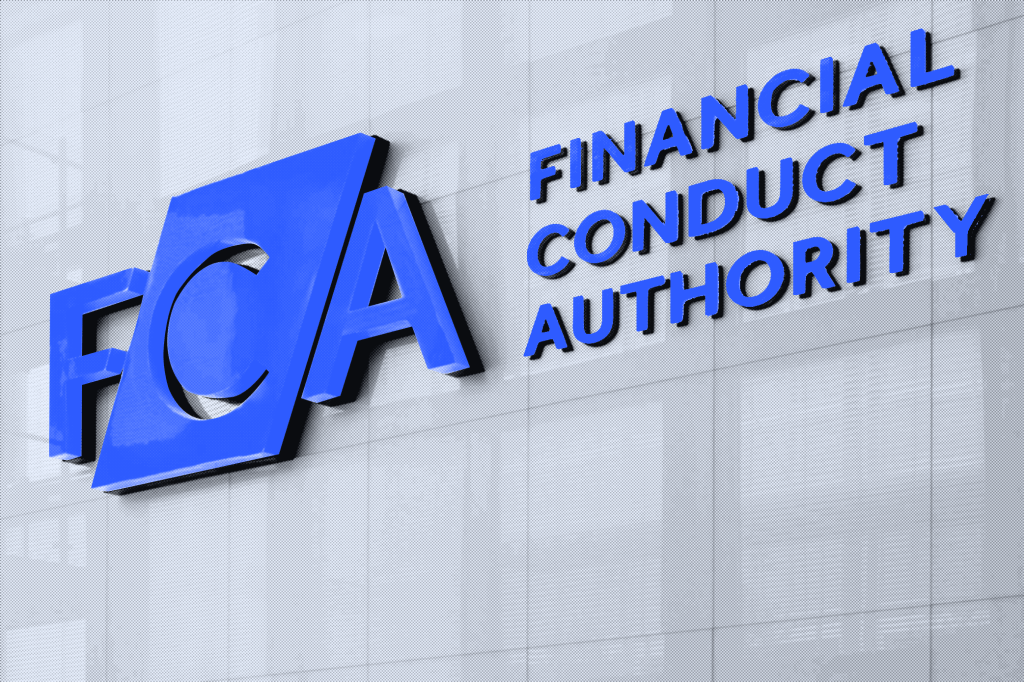New EU rules on ESG Ratings have been provisionally agreed by the European Parliament and Council. The proposed ESG Rating Activities Regulation seeks to improve the credibility and transparency of ESG ratings by regulating ESG ratings providers.
Extension of transparency and integrity rules
An amendment to the SFDR (Sustainable Finance Disclosure Regulation) means that firms who disclose ESG ratings as part of their marketing communications will now need to include information about the methodologies they use to reach those ratings, on their websites. ESG ratings used exclusively for internal purposes will not be captured by the new rules but firms providing ESG ratings to third parties through marketing materials will.
Firms will need to provide methodological information on the objective and content of ratings (for example whether their aim is risk management, impact etc), the data used and any related limitations, the composition and weighting of ratings (for example individual E, S, and G ratings or aggregated ratings, and how/why any weightings were applied), whether scientific evidence was used, whether AI methods were applied and how, and other elements.
Authorization and transparency
Under the new rules, EU ratings providers must be authorized and supervised by ESMA (the European Securities and Markets Authority). Non-EU providers need to acquire an endorsement by an EU-authorized rating provider, be recognized based on a quantitative criterion, or register on an equivalency basic with an agreement between ESMA and the relevant third-country authority. Lighter, optional rules are to be applied to smaller ratings providers for the first three years.
Separation of E, S, and G ratings
Under the new rules, ESG ratings providers will need to explain the composition of their ratings, for example whether E, S, and G are considered separately or in aggregation. Ratings which include environmental issues will need to disclose whether they include alignment with the Paris Agreement, while those covering social and governance issues will also need to explain any alignment to relevant international agreements.
Double materiality
Firms will also be expected to explain whether the “financial materiality” or “double materiality” approach to ESG assessment was used. Double materiality considers both how a company or entity’s financial performance is affected by ESG issues (for example climate change and human rights issues) as well as the impact of a company or entity’s own activities on people and the planet (such as a company’s contribution to carbon emissions or impact on workers’ human rights).
This is designed to encourage firms to move towards the double materiality approach, which to date few have adopted, but which the EU uses in its own approaches and regulations (for example CSRD).
Conflicts of interest
Under the new rules, ESG ratings providers must put in place measures to avoid conflicts of interest and demonstrate “a separation of business and activities with a possibility that ESG rating providers would not need to set up a separate legal entity for certain activities, provided that there is a clear separation between activities”.
The exemption will not apply to providers carrying out consulting, audit, and credit rating activities but ESG rating providers will be allowed to develop benchmarks if ESMA considers that potential conflicts of interests are suitably managed.
Following provisional agreement in February 2024, the European Council and the Parliament will formally adopt the new regulations which will then apply 18 months after coming into force.
Harriet O’Brien is an experienced ESG consultant at Danesmead ESG. Danesmead ESG provide ESG services for investment managers, specialising in Private Equity and Hedge Funds.


















